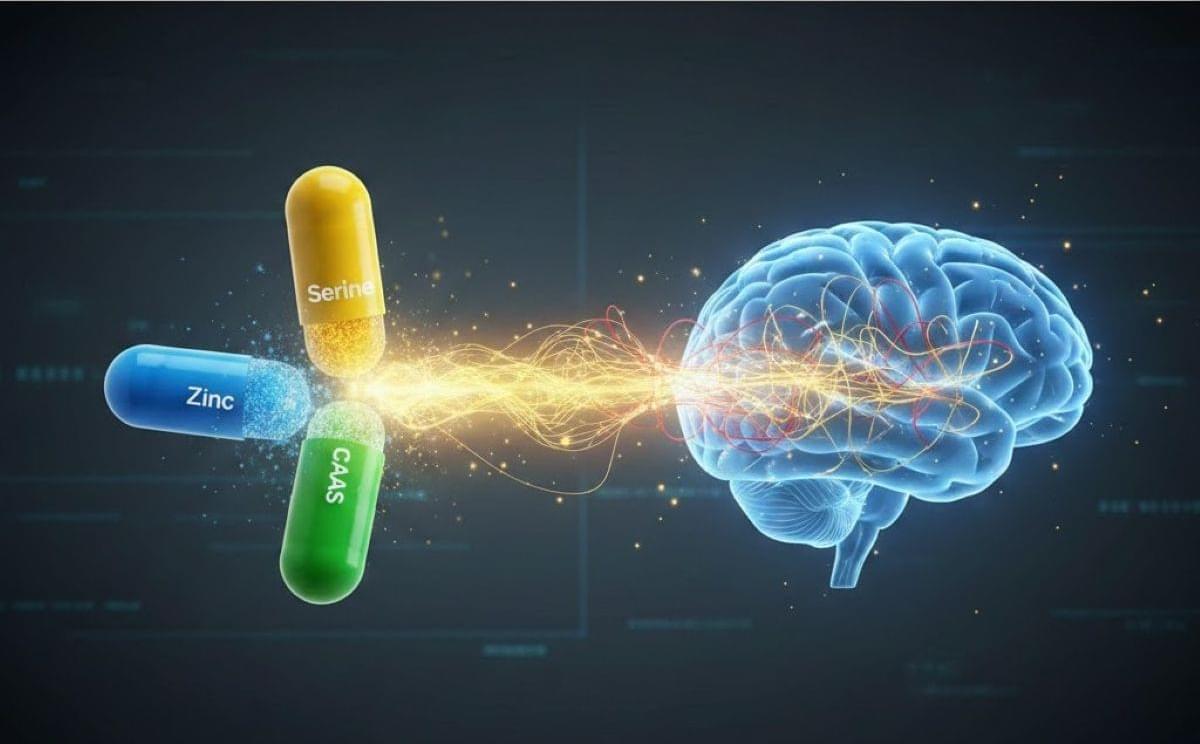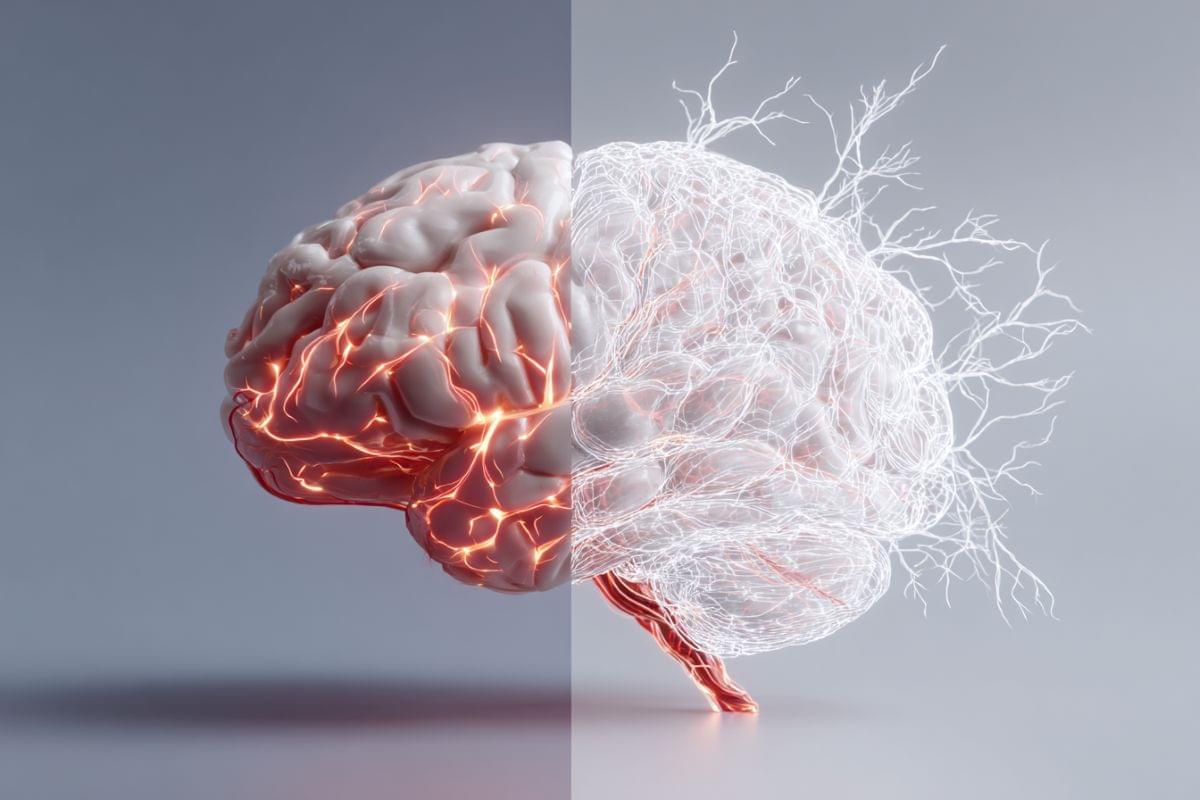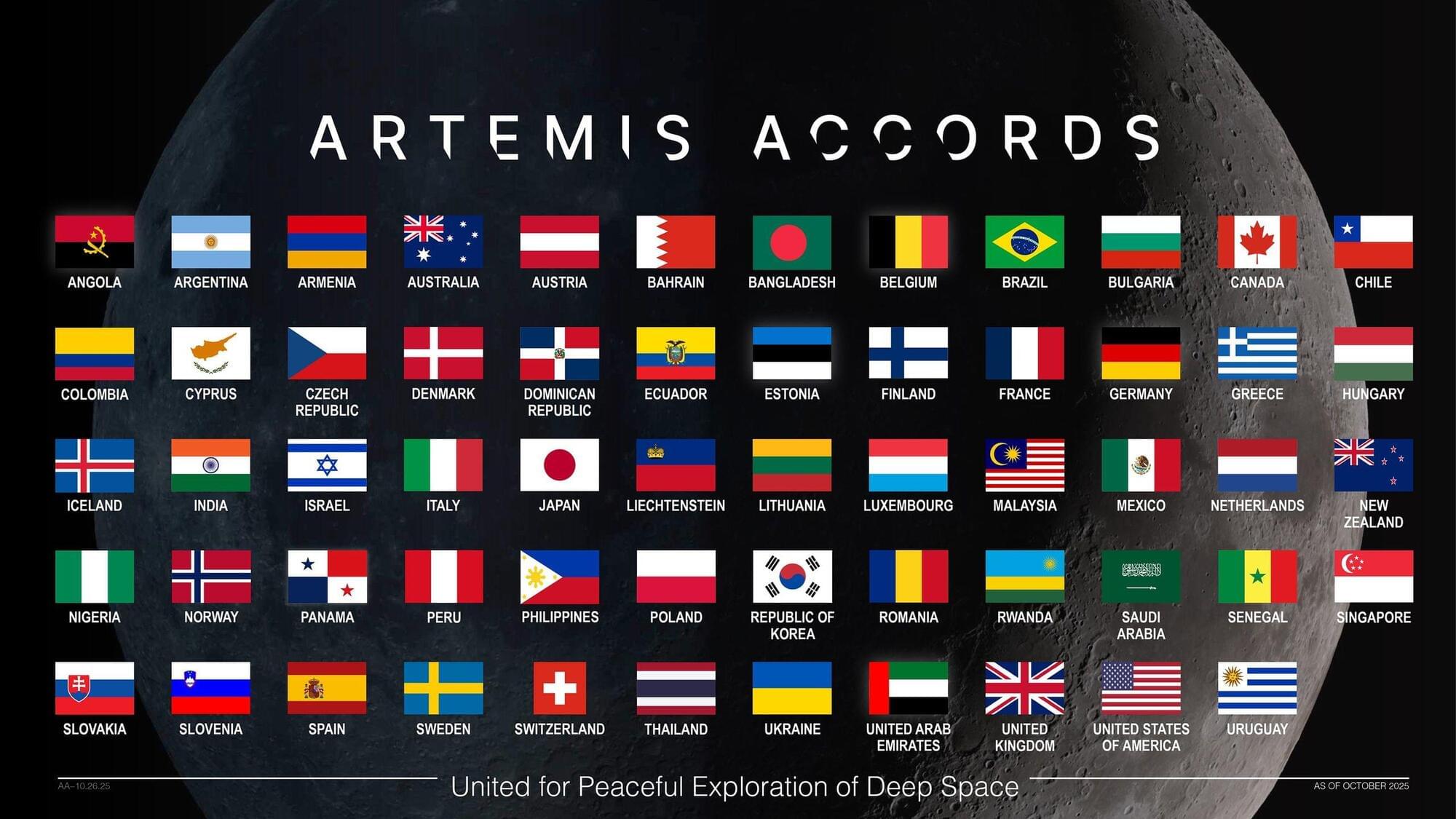The new material is only 1.8 millimeters thick, combining carbon nanotubes with aramid polymers, the latter of which are also used in Kevlar.





“Brain rot is not really rotting our brains,” says Earl Miller, a cognitive neuroscientist at Massachusetts Institute of Technology. “It’s constantly creating an environment that our brains are not equipped to deal with—that’s the real problem.
From analog hobbies to tech curfews, these Gen Zers are experimenting with science-backed ways to help their brains feel a little less foggy.




The bumpy trajectory of human aging may have a tipping point as we enter our twilight years, a new study has found.
Past the age of around 75, our bodies can no longer easily recover from injury or illness – a sharp decline in resilience that comes with a corresponding rise in the risk of dying, according to researchers at Dalhousie University in Canada.
Their model looks at aging as a balance between damage and repair, with the breakdown of that balance marking the point of no return into frailty.

Discover the 15 most advanced alien races ever imagined in science fiction—from reality-bending cosmic civilizations to hyper-intelligent species capable of rewriting the laws of physics.
In this video, we explore how these alien races evolved, the technologies they command, and why they stand above all others in the sci-fi universe. Whether you’re into Star Wars, Star Trek, Marvel, DC, Mass Effect, Stargate, Halo, or classic literature, this countdown covers the most iconic and most powerful extraterrestrial species ever written.
👉 Which alien race do YOU think is the most advanced? Drop your pick in the comments!
If you love sci-fi lore, alien analysis, worldbuilding breakdowns, and deep-dive rankings, make sure to LIKE, SUBSCRIBE, and hit the bell for more universe-spanning content!